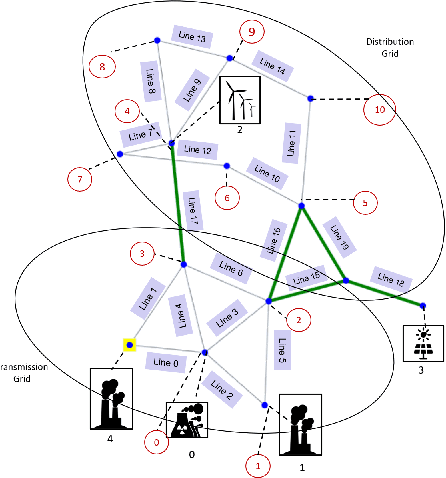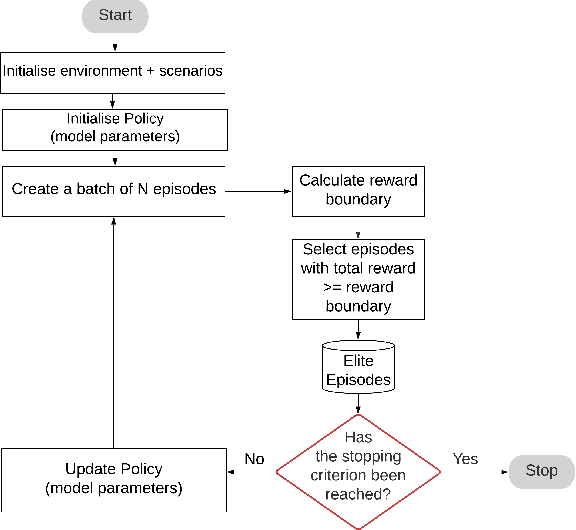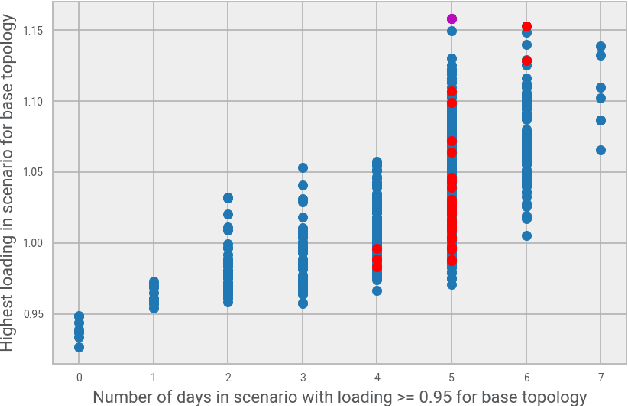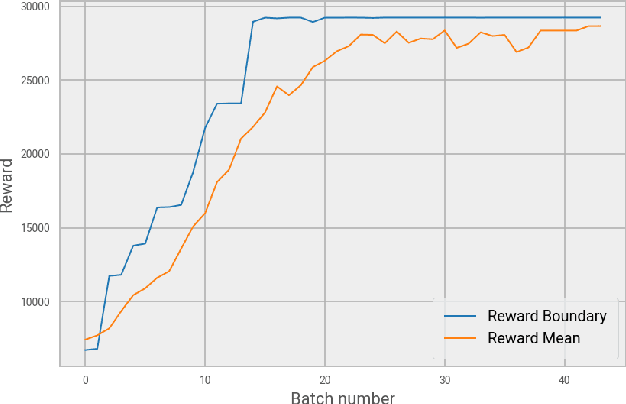Simon Tindemans
Clustering Rooftop PV Systems via Probabilistic Embeddings
May 15, 2025Abstract:As the number of rooftop photovoltaic (PV) installations increases, aggregators and system operators are required to monitor and analyze these systems, raising the challenge of integration and management of large, spatially distributed time-series data that are both high-dimensional and affected by missing values. In this work, a probabilistic entity embedding-based clustering framework is proposed to address these problems. This method encodes each PV system's characteristic power generation patterns and uncertainty as a probability distribution, then groups systems by their statistical distances and agglomerative clustering. Applied to a multi-year residential PV dataset, it produces concise, uncertainty-aware cluster profiles that outperform a physics-based baseline in representativeness and robustness, and support reliable missing-value imputation. A systematic hyperparameter study further offers practical guidance for balancing model performance and robustness.
One Model to Forecast Them All and in Entity Distributions Bind Them
Jan 26, 2025Abstract:Probabilistic forecasting in power systems often involves multi-entity datasets like households, feeders, and wind turbines, where generating reliable entity-specific forecasts presents significant challenges. Traditional approaches require training individual models for each entity, making them inefficient and hard to scale. This study addresses this problem using GUIDE-VAE, a conditional variational autoencoder that allows entity-specific probabilistic forecasting using a single model. GUIDE-VAE provides flexible outputs, ranging from interpretable point estimates to full probability distributions, thanks to its advanced covariance composition structure. These distributions capture uncertainty and temporal dependencies, offering richer insights than traditional methods. To evaluate our GUIDE-VAE-based forecaster, we use household electricity consumption data as a case study due to its multi-entity and highly stochastic nature. Experimental results demonstrate that GUIDE-VAE outperforms conventional quantile regression techniques across key metrics while ensuring scalability and versatility. These features make GUIDE-VAE a powerful and generalizable tool for probabilistic forecasting tasks, with potential applications beyond household electricity consumption.
GUIDE-VAE: Advancing Data Generation with User Information and Pattern Dictionaries
Nov 06, 2024



Abstract:Generative modelling of multi-user datasets has become prominent in science and engineering. Generating a data point for a given user requires employing user information, and conventional generative models, including variational autoencoders (VAEs), often ignore that. This paper introduces GUIDE-VAE, a novel conditional generative model that leverages user embeddings to generate user-guided data. By allowing the model to benefit from shared patterns across users, GUIDE-VAE enhances performance in multi-user settings, even under significant data imbalance. In addition to integrating user information, GUIDE-VAE incorporates a pattern dictionary-based covariance composition (PDCC) to improve the realism of generated samples by capturing complex feature dependencies. While user embeddings drive performance gains, PDCC addresses common issues such as noise and over-smoothing typically seen in VAEs. The proposed GUIDE-VAE was evaluated on a multi-user smart meter dataset characterized by substantial data imbalance across users. Quantitative results show that GUIDE-VAE performs effectively in both synthetic data generation and missing record imputation tasks, while qualitative evaluations reveal that GUIDE-VAE produces more plausible and less noisy data. These results establish GUIDE-VAE as a promising tool for controlled, realistic data generation in multi-user datasets, with potential applications across various domains requiring user-informed modelling.
Exploring grid topology reconfiguration using a simple deep reinforcement learning approach
Nov 26, 2020



Abstract:System operators are faced with increasingly volatile operating conditions. In order to manage system reliability in a cost-effective manner, control room operators are turning to computerised decision support tools based on AI and machine learning. Specifically, Reinforcement Learning (RL) is a promising technique to train agents that suggest grid control actions to operators. In this paper, a simple baseline approach is presented using RL to represent an artificial control room operator that can operate a IEEE 14-bus test case for a duration of 1 week. This agent takes topological switching actions to control power flows on the grid, and is trained on only a single well-chosen scenario. The behaviour of this agent is tested on different time-series of generation and demand, demonstrating its ability to operate the grid successfully in 965 out of 1000 scenarios. The type and variability of topologies suggested by the agent are analysed across the test scenarios, demonstrating efficient and diverse agent behaviour.
 Add to Chrome
Add to Chrome Add to Firefox
Add to Firefox Add to Edge
Add to Edge